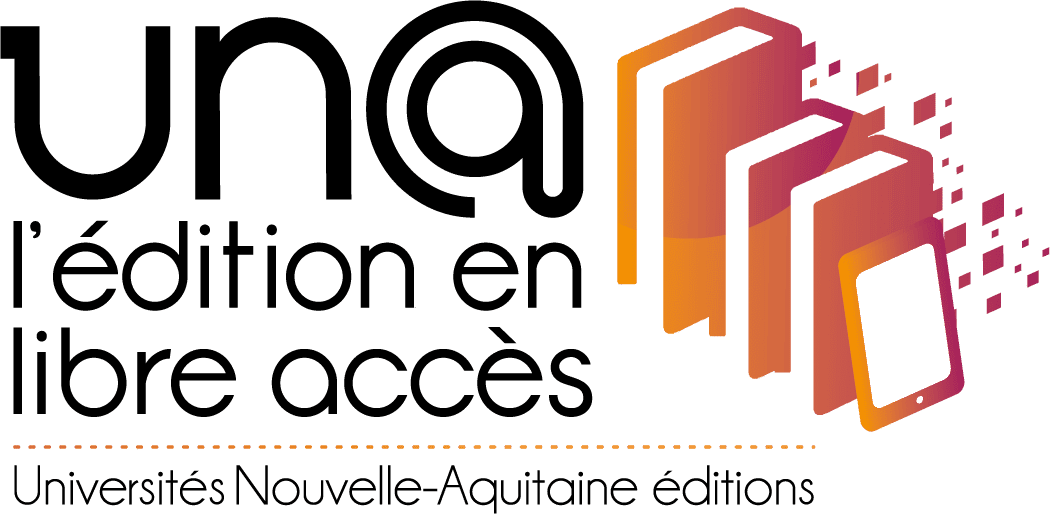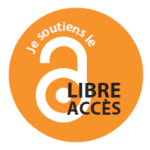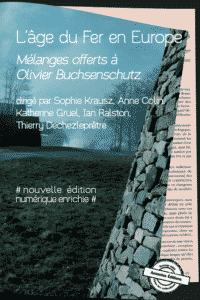UN@ est une plateforme d'édition de livres numériques pour les presses universitaires de Nouvelle-Aquitaine
Catégorie : Archéologie
par Daniele Vitali
Presque vingt ans se sont écoulés depuis la découverte du grand temple périptère aréostyle de 35,50 m sur 21,90 m dans le secteur septentrional de la ville étrusque de Marzabotto (Région I, îlot 5).
Le site de Mikulovice, district de Pardubice en Bohême de l’Est est connu depuis la fin du XIXe s. par ses découvertes archéologiques qui y ont démontré une occupation préhistorique depuis la période néolithique jusqu’à la période romaine.
Research on the eastern borders of the Celtic world, and particularly on the La Tène – or presumed La Tène – finds in Thrace, is still largely dependent on the syntheses carried out by Zenon Wożniak and Mieczysłav Domaradzki in the 1970s and 1980s.
Précurseur de la tradition historiographique berrichonne, dès le milieu du XVIe s., Jean Chaumeau remarquait la richesse des vestiges antiques autour d’Argenton-sur-Creuse.
par Brigitte Fischer
Pour les Gaulois, les animaux ont constitué un sujet d’inspiration exceptionnel. Parmi eux, le cheval est
le thème favori des graveurs de monnaies.
La découverte d’un denier de la vallée du Rhône en Suisse dans l’oppidum tardo-laténien de Sermuz (VD)
permet d’identifier définitivement sa légende. Imparfaitement connue à ce jour, elle a suscité de nombreuses
interrogations.
par Stéphane Verger
La grande tombe de Hochdorf est une mine inépuisable d’informations sur la société, la culture et les rituels politiques “celtiques” anciens.
L’exposé qui suit cherche à donner un tableau synthétique des cérémonies funèbres dans l’Irlande ancienne, ou plus exactement dans la société archaïque décrite par l’épopée irlandaise.
par Valérie Delattre
Les études spécialisées, adossées aux grands décapages préventifs réalisés depuis 30 ans dans le Bassin parisien, ne cessent de démontrer qu’au Second âge du Fer, les sphères funéraire, domestique et cultuelle sont inextricablement mêlées.
Les importations du vin d’Italie en Gaule, à la fin de l’âge du Fer, dans des amphores italiques et les échanges qu’elles ont engendrés, ont fait couler beaucoup d’encre.
Le Centre-Ouest de la Gaule, comme plus généralement la Gaule atlantique, Armorique comprise, a fait longtemps figure dans le discours archéologique de pays périphérique pendant la Protohistoire
La carte de distribution d’objets étrusques sur de longues distances frappe au premier abord par deux phénomènes.


